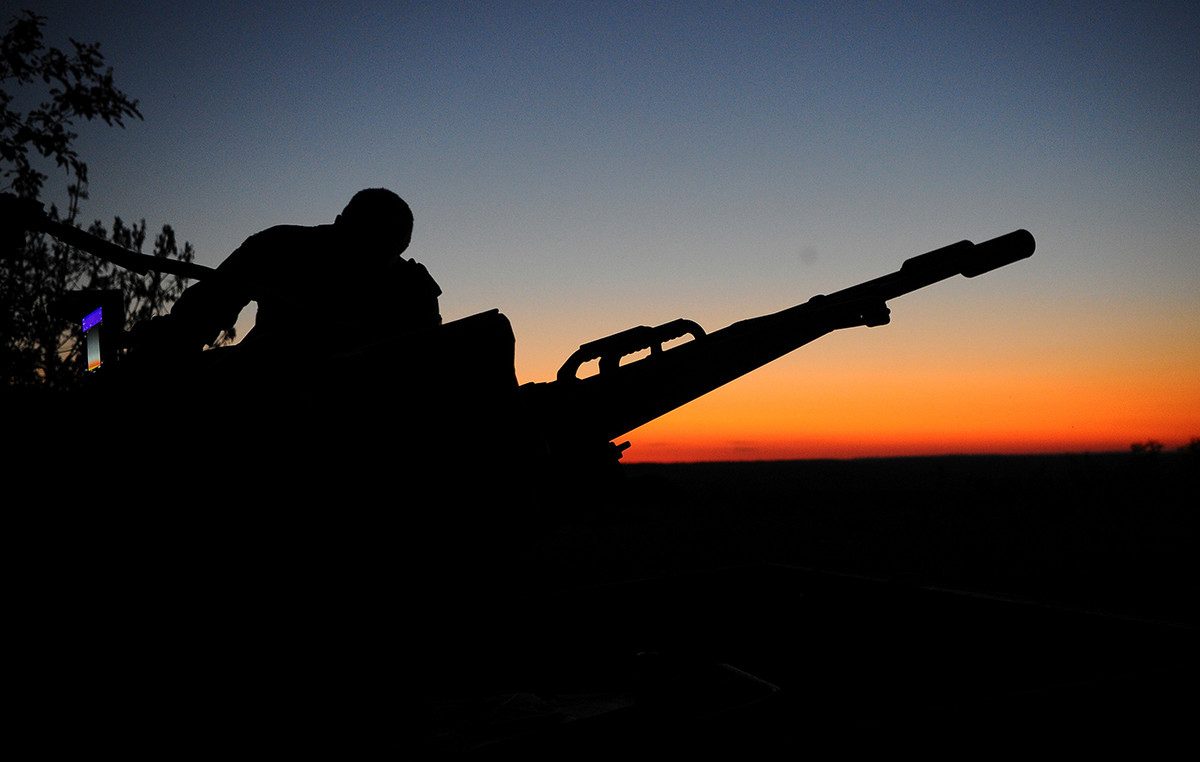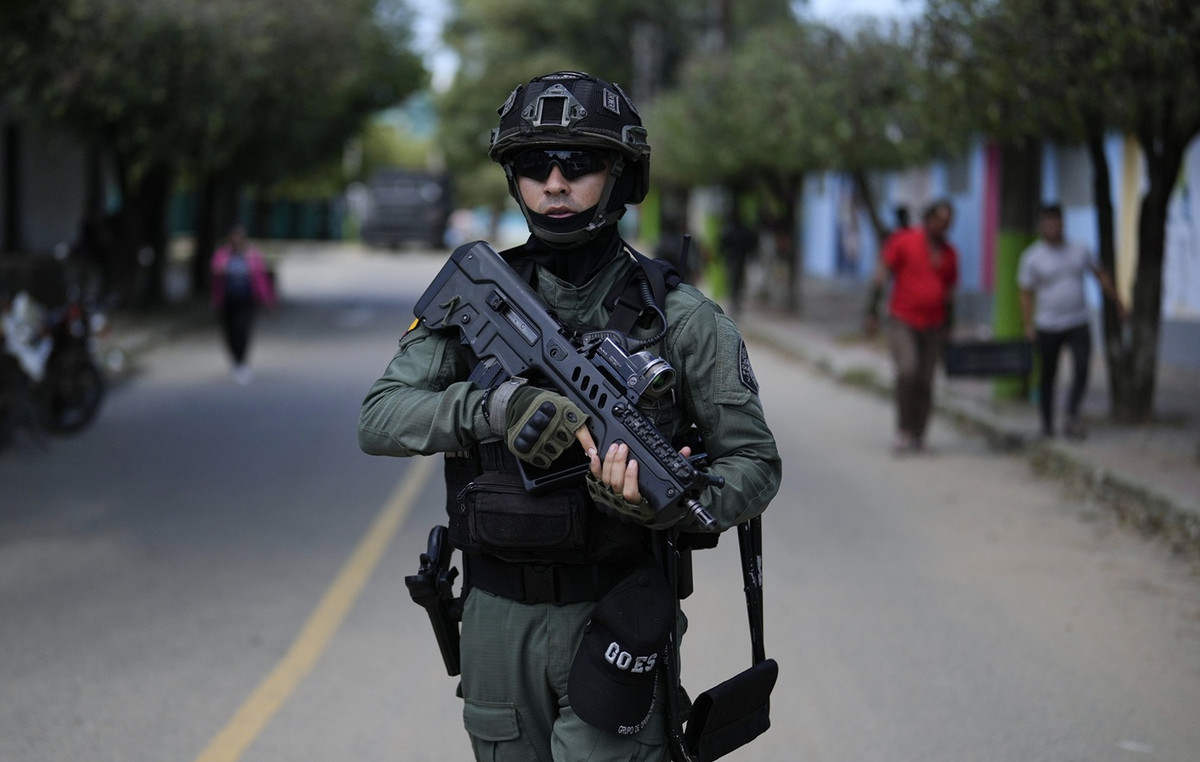Engineers of NASA announced that they managed to successfully reactivate the propellers of the voyager probe 1 – The spacecraft farther from the earth – At the exact moment, just before a Predicted blackout in communications .
The interruption would be caused by improvements on an earthly antenna that sends commands to Voyager 1 and its twin, Voyager 2. If it occurred as the probe faced a critical failure in the drivers, the historical mission could be lost.
The new solution applied to original rotation drivers – inactive since 2004 – can help keep the ship in operation until it can communicate again with Earth next year.
Launched in September 1977, Voyager 1 uses more than one set of propellers to function properly. The main ones carefully guide the spacecraft so that their antenna remains pointed to Earth. This guarantees the sending of the data collected to an impressive 25 billion kilometers away, in the interstellar space, as well as receiving commands from the mission team.
Within the main set are the rotation engines, which allow Voyager 1 to maintain its alignment with a guide star and thus conserve its orientation in space. Without this rotation control, the mission could be threatened.
Over time, the shots of the propellers leave propellant residues. So far, engineers have been alternating between the original and reserve devices, as well as a third set used in maneuvers during planetary overflowers in the 1980s. However, the latter do not contribute to spacecraft rotation.
Original rotation thrusters ceased to work more than 20 years after two internal heaters fail. Since then, the probe has been relying on the reserve jets to stay pointed to the guide star.
“The team found it acceptable that the main rotation thrusters stopped, as the reserve worked perfectly well,” said Kareem Badaruddin, Mission Manager at NASA’s Jet Propulsion Laboratory (JPL) in Pasadena, California. “And honestly, probably no one thought the voyagers would be working another 20 years later.”
Now the engineers fear that the accumulation of waste can make even reserve thrusters stop working in this fall (in the northern hemisphere). Therefore, they needed to be creative – and take risks – to try to reactivate the former main devices.
Repairing broken equipment in space
When the main drivers’ heaters failed in 2004, it was believed that there was no repair. But in the face of imminent risk, the team decided to reexamine the problem.
The engineers suspected that a failure in the heaters’ feed circuits could have changed a position key. If it were possible to reverse this key to its original position, the heaters might be able to work again – and with them the main rotation propellers.
But the solution was not simple. Voyager 1 operates beyond the heliosphere, the magnetic field bubble and sun particles that extends far beyond Pluto’s orbit.
The team had to take the risk of activating the main thrusters and clearing them even before repairing the heaters, as they would only work with the jets in operation. If the spacecraft diverted from the guide star, its system would automatically drive the engines. If the heaters were not connected right now, this could cause a small explosion.
A breathtaking test
In addition to the risk, the team faced a tight deadline. A giant antenna of the land located in Canberra, Australia, was deactivated on May 4 for renovations that will follow until February 2026. This antenna is the only one hard enough to send commands to Voyager probes.
“These improvements are important for future moon -manned missions and also increase the ability to communicate with our scientific missions in deep space, many of which are based on Voyager’s discoveries,” said Suzanne Dodd, Voyager project manager and director of the JPL Interplanetary Network.
The antenna will be activated briefly in August and December, so the team decided to test the drivers now, before losing contact with the probe. Thus, if they need to trigger them in August, they will already know if it is a viable option.
On March 20, engineers eagerly awaited the return of Voyager 1 data after sending the command the day before to activate the propellers and heaters. The response of the probe takes more than 23 hours to arrive due to the distance.
If the test failed, the mission would be at risk. But the data came, showing a significant increase in the temperature of the heaters-a sign that the attempt was successful.
“It was a glorious moment. The morale of the team was very high that day,” said Todd Barber, responsible for the propulsion systems of the mission. “These thrusters were considered dead. And this conclusion was legitimate. But one of our engineers had the insight that there may be another possible cause – and could be corrected. It was another miracle in the history of Voyager.”
See also: Soviet ship that failed on mission falls back on Earth after 53 years
Evidence of life on another planet is detected; What does that mean?
This content was originally published in Voyager’s drivers again work after blackout in the communications on the CNN Brazil website.
Source: CNN Brasil
Charles Grill is a tech-savvy writer with over 3 years of experience in the field. He writes on a variety of technology-related topics and has a strong focus on the latest advancements in the industry. He is connected with several online news websites and is currently contributing to a technology-focused platform.







